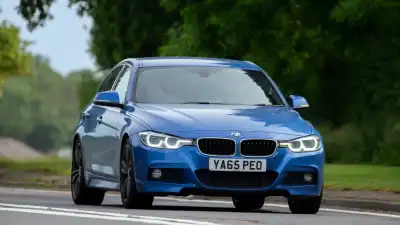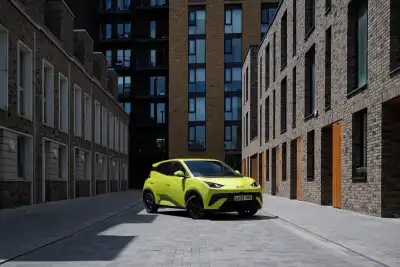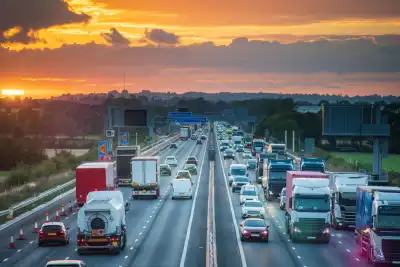
Technology has moved along in the last few years at an incredible rate, and so have speed cameras. It used to be that rear-facing one-chance cameras were the norm, but now it’s some rather clever average-speed cameras that have become the most popular form of traffic calming.
There are a number of different types of average speed camera, but the most used are called SPECS. These SPECS average speed camera systems use a video system with no camera roll needed, with automatic number plate reading (ANPR) digital technology being used to monitor a cars speed through a number of different points.
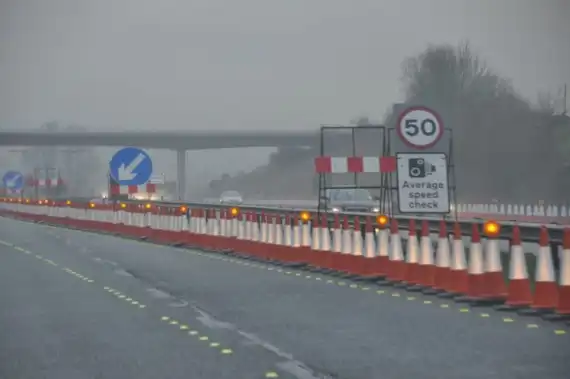
The cameras are fitted with infrared technology, which enables number plates to be read, regardless of weather conditions or whether it’s day or night (depending on how well lit the road is). Floodlights are often deployed should sufficient street lighting not be available.
First used in 1999, average speed cameras are set up via multiple locations along a single stretch of road – the system requires at least two cameras, at a minimum of 200m gap, to work (with a maximum gap of 6.2mile). So, unlike traditional speed cameras that shoot you at one point; these monitor your speed over the course of, often, a number of miles.
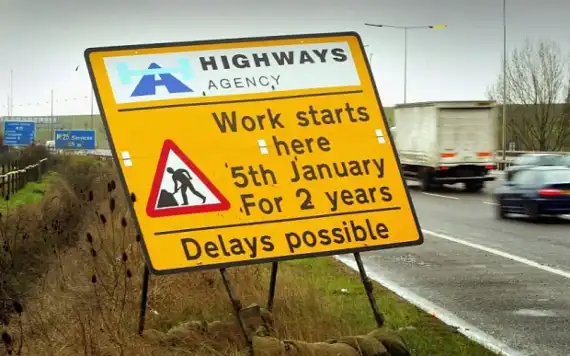
The average speed cameras can be seen on motorways or dual carriageway – these permanent average speed monitors are used by the police, local authorities and highways authorities.
Temporary average speed cameras are also used by highways contractors, where roadwork is taking place and where narrow lanes and contraflows affect safety. The cameras are yellow and can generally be seen at the side of the road to the left attached to a blue or yellow pole.
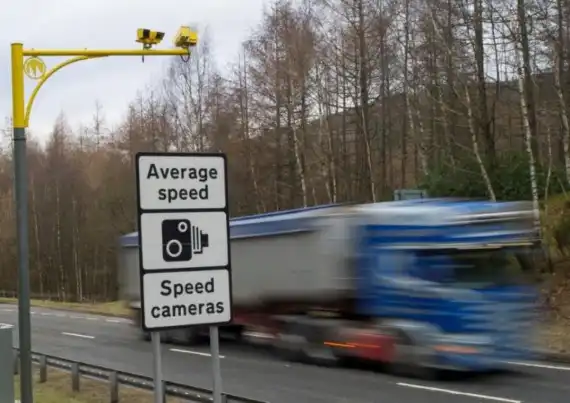
Once the first camera picks up on a number plate it then records a date, time and speed a car is travelling at. Using ANPR, the system then calculates your average speed between the entry camera and the exit camera.
Upon exit of the zone, the last camera films both your car and its number plate. If the average speed is worked out to be higher than the speed limit then drivers will automatically be issued with a speed penalty notice. Photographic evidence is also provided, if caught.
Due to each camera monitoring its own lane, drivers are unaware of which camera is paired with which, however, there have been reports that the cameras allow a ‘get-out’, simply by changing lanes.
Each pair of cameras covers one lane, so the hacks’ theory is that if you are recorded in one lane and you change lanes before the exit camera, you wouldn’t get caught. That said, there is an argument that you’d be clocked once and get caught further down the line – as we all know there are often more than two average speed check cameras in one course.
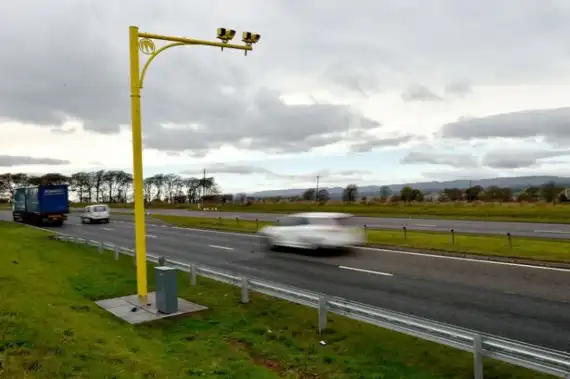
Despite the cameras having the ability to be installed in front or rear-facing orientation, they’re largely seen set up in a rear-facing set-up. This poses a problem when prosecuting motorbikes, simply because there is no law requiring motorbikes to feature a front number plate.
In addition, due to the fact these clever speed cameras don’t use film, there is no limit to how many drivers can be prosecuted.
SPECS average speed cameras are produced by Speed Check Services (SCS), in Camberley.

